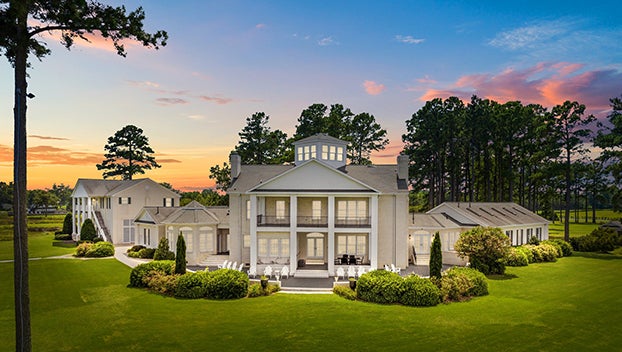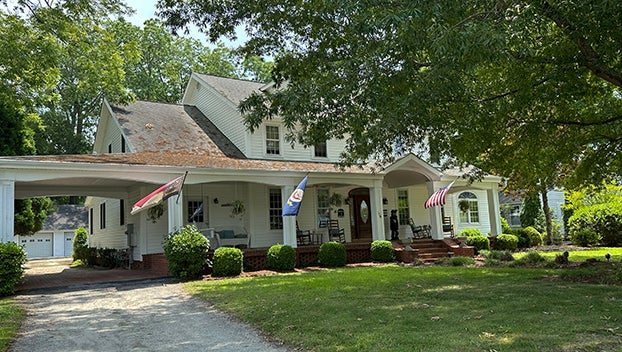What is the best grass?
Published 7:53 pm Thursday, July 19, 2018
This is a very loaded question that I receive a couple of times per month. The problem is there is not a one-size-fits-all answer! It is like asking what the best type of car is … it depends on the person and their specific needs. Are you a Ford or Chevy kind of person?
The best grass for your home yard is the one that most fits your needs. There are many questions that one need ponder when choosing a type of turf.
- Do you have dogs, children, or grandchildren?
- Do you want to be hands-on with lawn maintenance or hands-off?
- How much sun does the yard receive per day?
- Do you need warm season turf or cool season turf?
How you answer these questions will determine the type of grass that best fits your needs. If you live east of Interstate 95, cool season grasses are not for you. Most cool season grasses in this area will live for one to two years and then die out from heat. I answer questions all the time from folks that have moved from up north or even western North Carolina: “What happened to my grass? It died after the first frost.” Your grass isn’t dead, it is dormant. Warm-season grasses go dormant in the winter and will green-up again when soil temperatures begin to climb in the spring.
Some grasses tolerate traffic (i.e. kids, dogs, equipment) better than others. Bermuda, for instance, will recover very quickly after injury such as a soccer or lacrosse game, making it a great choice for athletic fields or even a home lawn with young children.
The warm-season grasses that are used most often are Bermuda, Zoysia, St. Augustine and Centipede. Each of these grasses have several varieties and textures from which to choose. One more thing about choosing a warm-season grass: they typically need a minimum of six hours of direct sunlight to flourish. There are a few varieties that claim they tolerate more shade, but I do not have research-based data to recommend one.
Centipedegrass is the most popular grass in Beaufort County. It is called “the lazy man’s” grass or “centiweed” in some circles. Centipedegrass needs fertilizer once per year (if at all), requires mowing to 1-1½ inches on a weekly basis, and in our acidic soils, very rarely needs lime (centipedegrass likes a pH of 5.5).
Sounds great, right? Centipedegrass is also one of the most susceptible to disease, winter kill, cold sensitivity, nematodes and herbicide injury. It will not tolerate much traffic or recover quickly from injury and can take up to three years to establish if using seed. The first year it sleeps, the second year it creeps, the third year it leaps. Bermudagrass on the other hand, is a very prolific-growing grass. It will spread, recover, and fill-in very quickly. For this reason, it must be mentioned that it requires mowing on a regular basis, as well. The fertilizer recommendation is three to five times per year with a total nitrogen recommendation of 3-5 pounds per 1,000 square feet.
If you are trying to choose a grass for your yard, I would recommend speaking with a professional or your local NCSU Extension agent to see what is available. NCSU Extension has a great publication, available in print or found online at content.ces.ncsu.edu/carolina-lawns, that details the traits of each grass, establishment practices, maintenance requirements and cultural practices. If you are looking for that amazing lawn, look no further than your local Extension office!





